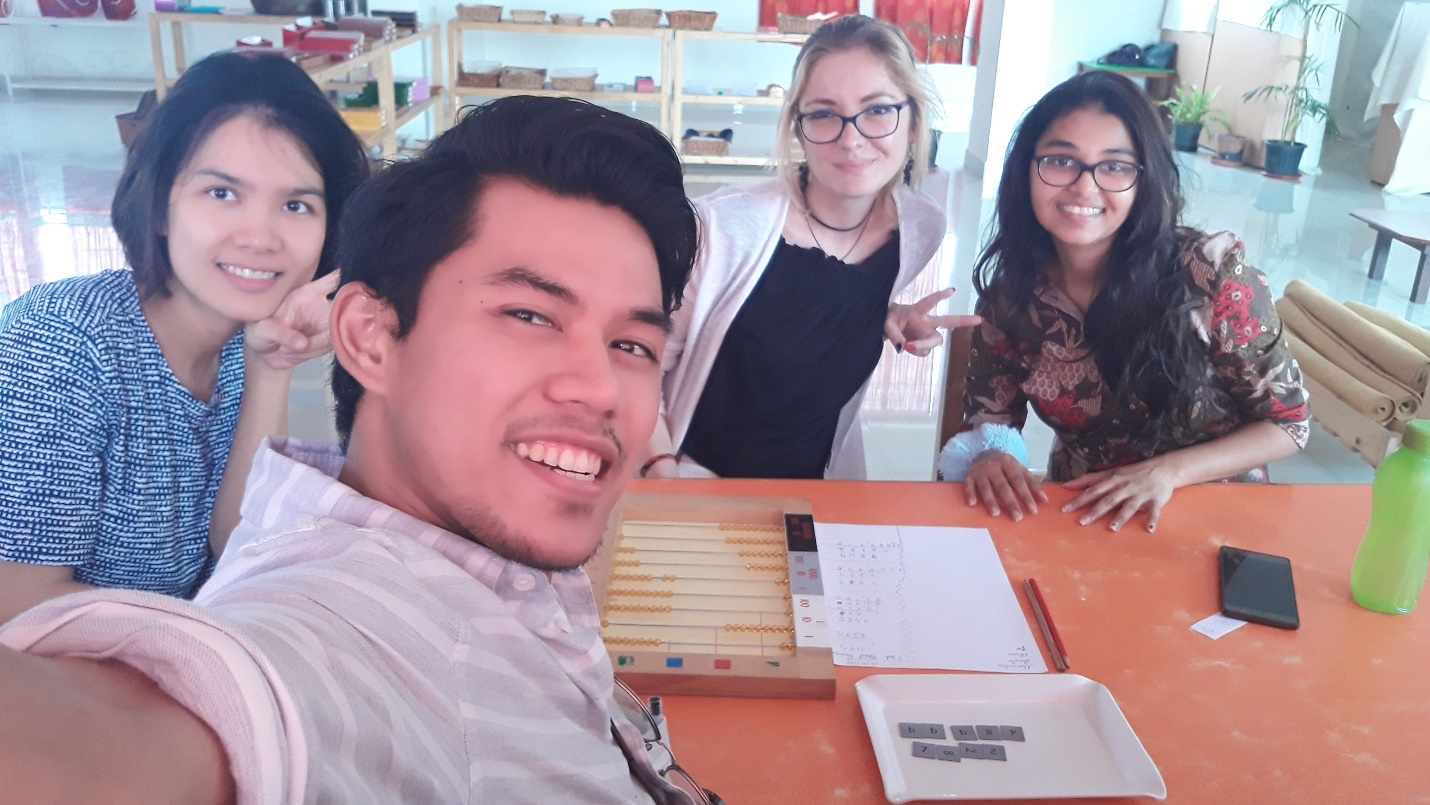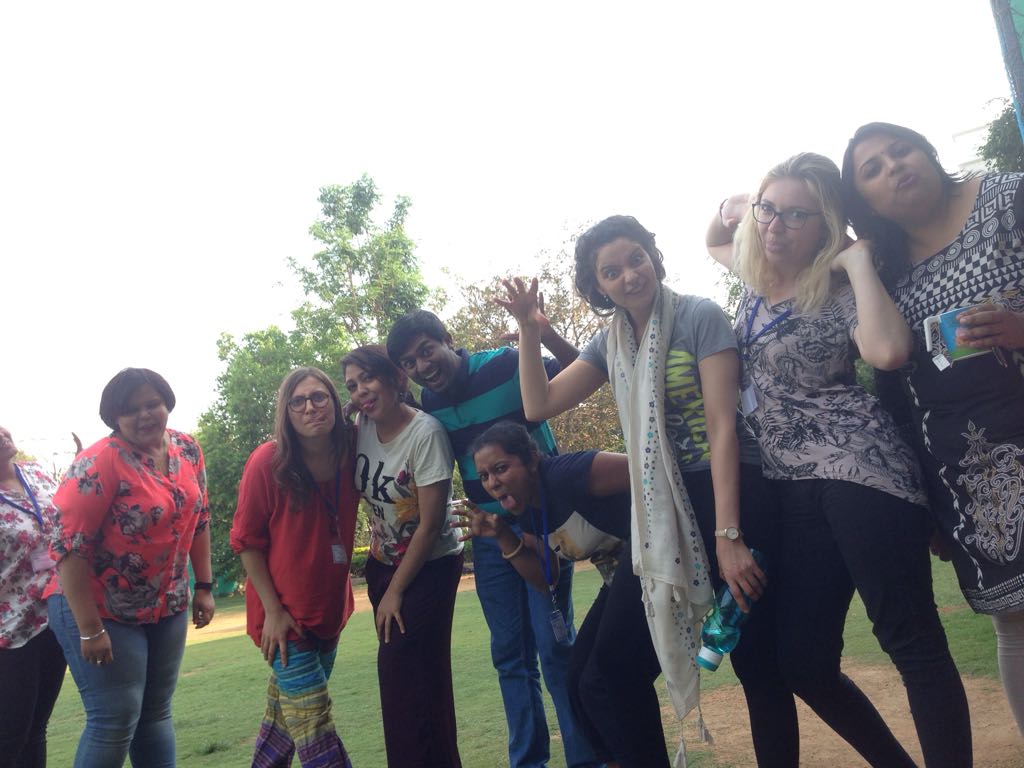Living with 5 other classmates turned out to be an amazing and growing experience!
Practice Montessori from home with your roommates
Even though I was shy at first and didn’t want to reveal my true colors until I got to know my roommates, in the end I think living together was one of the best choices we made.
Not only we would laugh ourselves to tears almost every night, by exchanging life stories and anecdotes from our past adventures, but also we would study together and practice whatever we couldn’t manage during supervised practice in school.
As I told you before, in a previous article, our course had 2 blocks, each block lasted 3 months a.k.a the summer period in India.
And at the end of every block, we had exams: at the end of the first block we had a “mock exam”, which helped us understand how the actual exams are going to take place; and at the end of the second block, we had the real written and oral exams.
So, you can imagine the panic, stress and meltdowns which happened every summer, towards the end!
Prepare the Montessori presentations
One of the things we would do every night, before the exams, was to pull slips out of a box and prepare the presentation for the next day.
We would only practice at home stories, presentations with charts and timelines, and leave the presentations with other Montessori materials for supervised practice in school.
Create your own Montessori material at home
The funniest thing I remember happening during the last weeks of the first block was us trying to figure out how to practice “The Hand Timeline” at home, without having the Hand Timeline material. We all wanted to practice telling that story, but it was kind of awkward without unrolling the actual timeline.
So, as we were all scratching our heads and thinking of ways to manage the situation, my bladder found the solution.
I needed to go to the toilet, so I stood up and went to the bathroom and as I was doing my thing, the idea stroke me: “We could use toilet paper!”. You cannot imagine the joy in my eyes as I was exiting the bathroom, holding the winner roll of toilet paper in my hands.
And, of course, you cannot imagine the look on my roommates face when they saw me jumping like a maniac and screaming: “Toilet paper! We can use toilet paper!”.
Our artist, JV, took a pencil and grabbed the toilet paper from my hand. He counted the number of squares we would need and started drawing the hand in the middle.
All of us practiced the Hand Timeline that night and I can guarantee this would be a story our grandchildren will listen to, somewhere in the future.
We had many moments of intense practice at home and many times we would almost burst into tears because we weren’t sure how to begin a presentation and trigger the interest of the child, but we managed to overcome every situation by supporting each other and caring for one another!
So, if you have the opportunity to take an Elementary Montessori Course and live in a house with some of your classmates, don’t hesitate and take it! You will have the time of your life!










